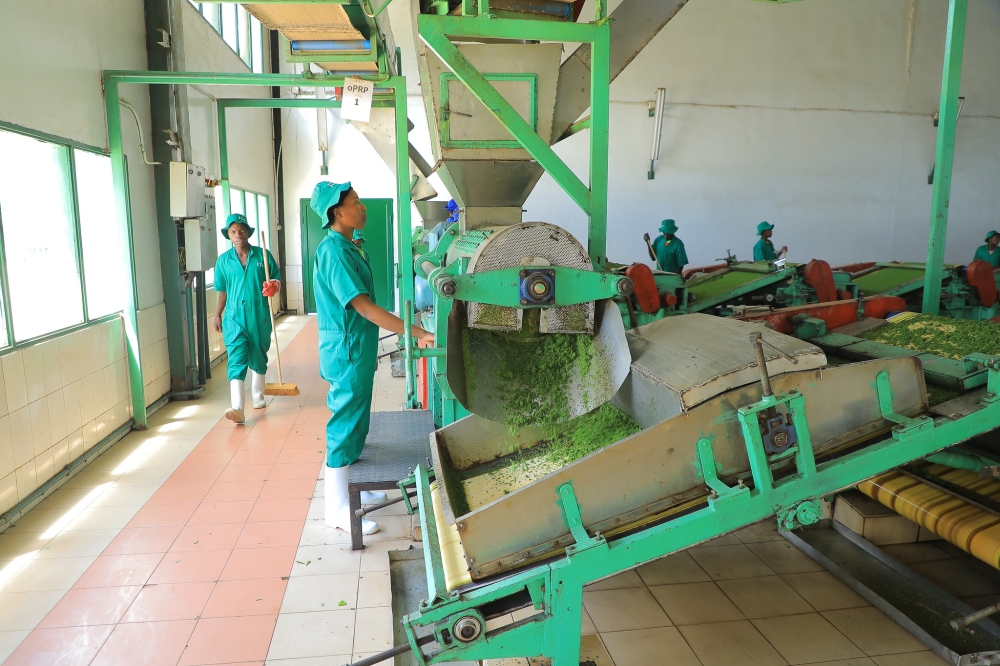

THE INTERNATIONAL Monetary Fund (IMF), through its latest Regional Economic Outlook, has upgraded Rwanda’s economic outlook for 2024 to 7%, 0.1 per- centage points higher from its April economic outlook.
This projected growth is way above the 3.6% growth in Sub-Saharan Africa and positions Rwanda as the second fastest growing economy in Africa, just behind Niger at 9.9%.
Although Rwanda is ranked among the non-resource intensive countries – those that do not rely heavily on the export of non-renewable natural resources – it is expected to grow at a much faster rate than resource-rich countries.
Resource-intensive countries continue to grow at about half the rate of the rest of the region, with oil exporters struggling the most mainly due to conflict, insecurity, drought, and electricity shortages.
What the IMF shows is that political stability is consistent with how fast the country is able to grow its economy. Rwanda, whose governance and political landscape has been stable for three decades, is a testament to this.
More importantly, the strong management of the economy has enabled the country to rebound from lower levels of economic growth induced by the Covid-19 pandemic and other subsequent macroeconomic and geopolitical challenges.
Last year, the economy grew by 8.2%, above the 6% growth that economists had projected, thanks to the careful balance that authorities took to tighten monetary policy.
The initial tightening of monetary policy led to inflationary pressures. However, as the Central Bank has eased monetary policy, inflation has returned to its target range, easing the burden on consumers.
Still, the IMF’s 7% growth projection for 2024 is still below the growth seen last year. The fact that the IMF projects Rwanda’s 2025 growth to further decline to 6.5% means that there’s more work to do.
Key among major concerns is the rising debt levels. Debt to GDP ratio is expected to rise to 80% by 2025. Although the country borrows on concessional terms, there is a need to increase domestic borrowing.
The IMF staff were clear after the completion of their mission to Rwanda earlier this month; Accelerating domestic revenue mobilisation, expenditure rationalisation, and mitigating fiscal risks from state-owned enterprises will be critical to preserve Rwanda’s policy space to react to shocks and achieve its development objectives.


